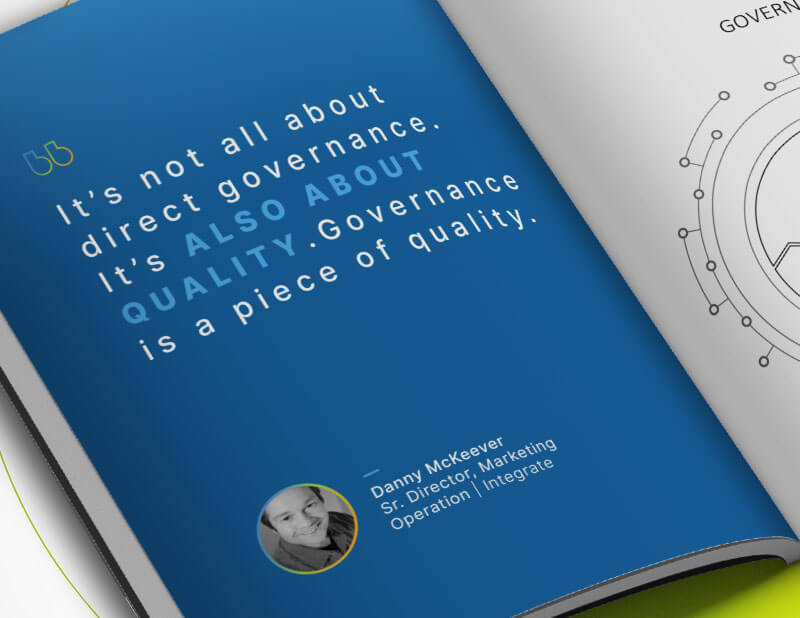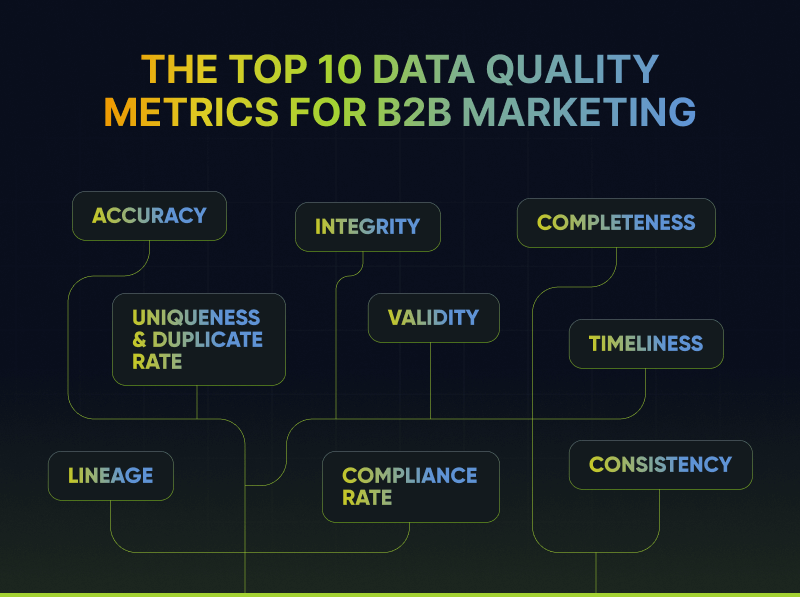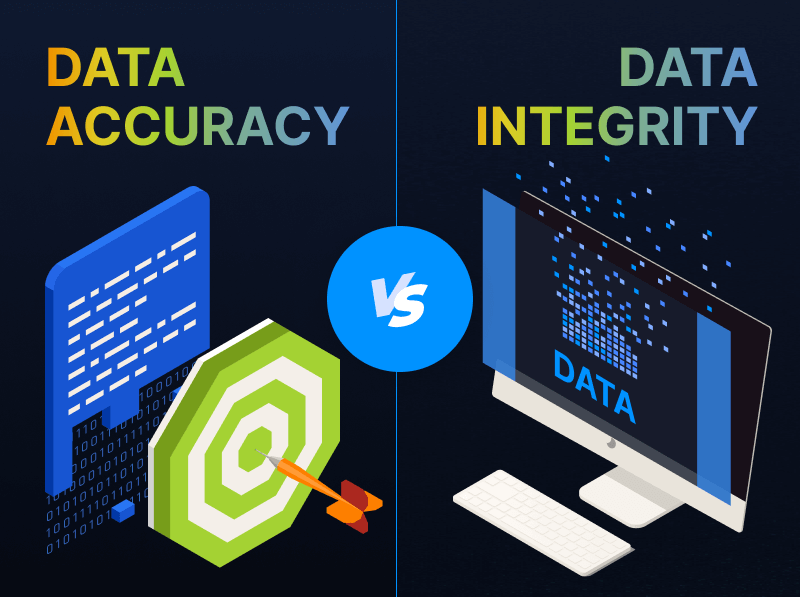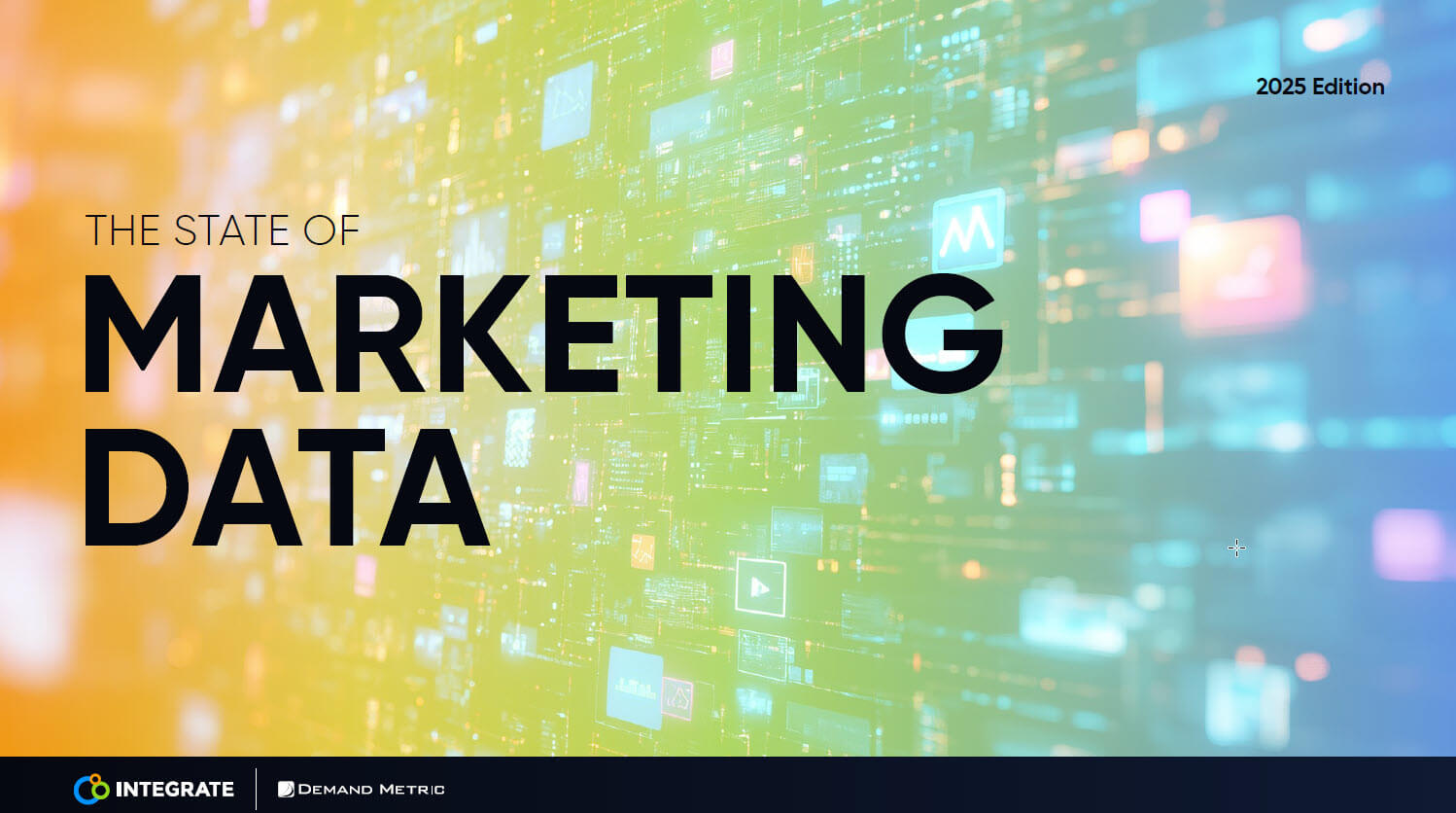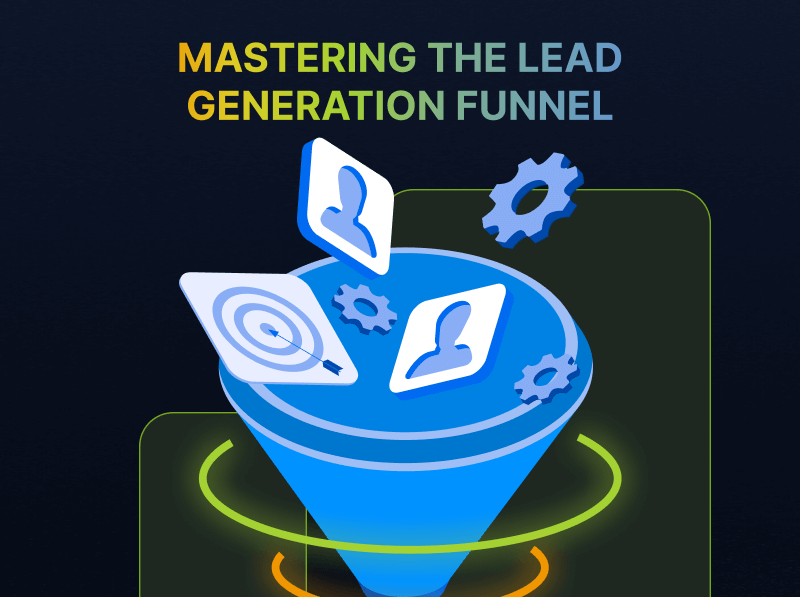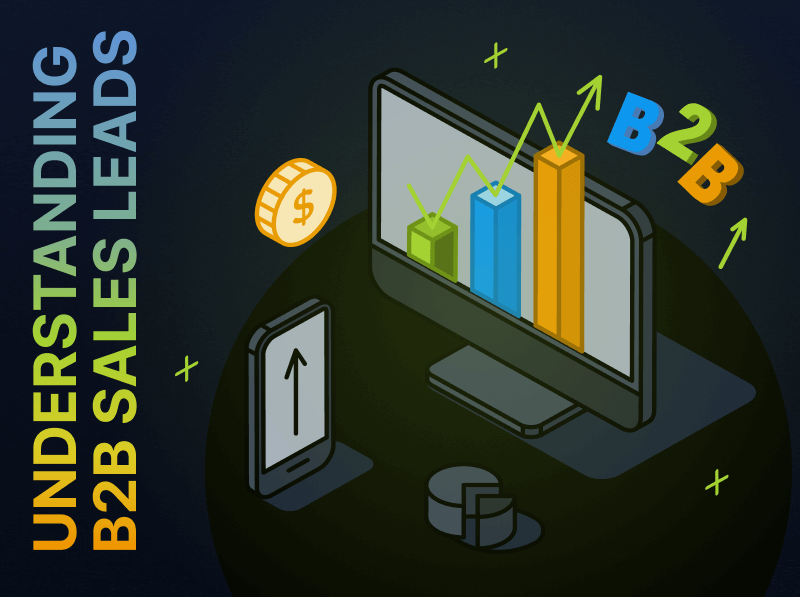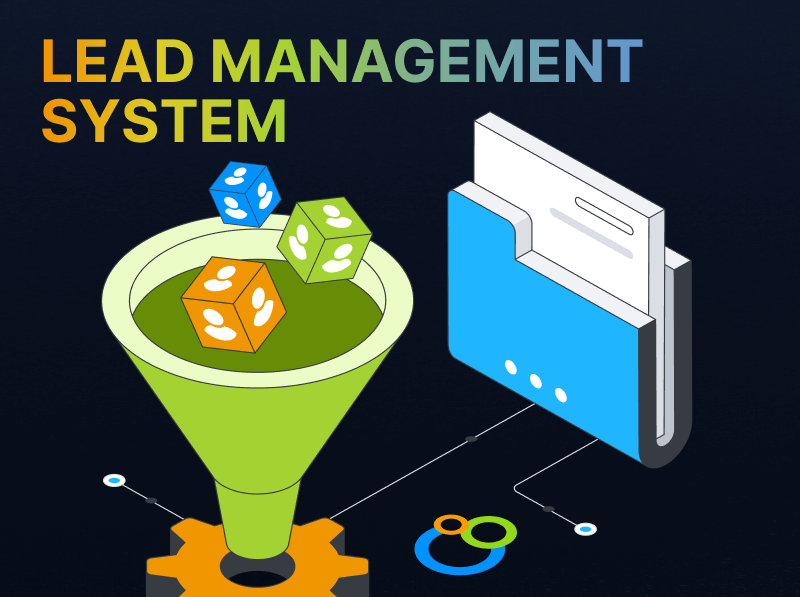Chapter 6: Data Governance, the Unsung Hero of an Effective Marketing Strategy
We recently published Precision Demand Marketing: Achieving the Promise of Predictable Pipeline, a book that transforms the B2B marketing paradigm. This week’s installment provides a glimpse into Chapter Six: “Govern.” Check out blog recaps of Chapters One, Two, Three, Four and Five.
It’s a fact of business life today: Data governance practices aren’t keeping up with the torrent of data companies collect. To make matters worse, many organizations have fragmented storage systems that expose them to regulatory, ethical, and data security risks.
Far too often, marketing teams today end up re-creating or fruitlessly searching for information, wasting time, or worse—creating duplicative data. Chances are, you’re already wasting money housing that bad data in your marketing automation system and elsewhere in your tech stack.
The cost is high. For example, experts estimate 40% of media spend is wasted by marketers who can’t get accurate insights from available data to measure impact.
Here are just some of the ways a poor data governance strategy can sap your organization’s momentum:
- The sales team begins to distrust information. If sales executives find they’re pursuing dead ends, they may stop following up on top-quality, marketing-generated leads.
- Buyers resist a relationship with you. If you send information to bad email addresses, use incorrect titles, or target the wrong companies, buyers will not trust or buy your solutions.
- Liability risks rise. Today, buyers are increasingly aware of their privacy rights, so they’re far more likely to contact companies they believe are in violation of them. As we detail in our book, companies with a strong data governance framework can prove whether or not buyers opted into communications, because those companies have the receipts. Companies with poor governance risk serious fines from government regulators.
It’s time to get a handle on your data.
Governance is critical to a buyer-centric marketing approach. Every department in your organization—from customer success and sales to marketing, finance, and all the others—has buyer data. Data siloed in one department might be useful to another. Other data, including some of yours, just sits in messy piles no one wants to organize.
To precisely target buyers in the right place at the right time, you simply have to organize, manage, and govern data effectively.
Take A Centralized Approach to Your Data Governance Plan
Today, more than ever, you must earn every opt-in, every lead and every buyer with a well-governed enterprise data structure.
Unfortunately, many marketers still execute campaigns without putting compliance efforts into practice. Most dump buyer lists into marketing automation software. Some may scrub their databases with data-cleansing tools. But that’s it.
The solution? Centralized data governance. A framework that manages information and transforms it into the critical resource it is.
“It’s not all about direct governance. It’s also about quality. Governance is a piece of quality,” says Danny McKeever, Sr. Director, Marketing Operations, Integrate.
A well-designed centralized governance system delivers high-quality buyer data faster than ever before, reducing speed-to-lead time and relieving your team of unrewarding, tedious tasks exacerbated by siloed structures, channels, and technology. Just imagine what you’d do with all that additional bandwidth.
The PDM model boosts efficiency, too. By automating lead verification, deduplication, standardization, and injection into the system, one global information management services company told us it eliminated 74 hours in monthly lead process tasks. The company’s new system also automatically blocked inaccurate, incomplete, and duplicate prospect data before it ever got to the marketing ops team. The result? Lead follow-up time dropped from nine days to less than one day and MQL conversion rates almost quadrupled.
Work Faster, Smarter, and Better
A single data governance strategy narrows your tech stack to only the most relevant and helpful solutions. As a result, your martech (all marketing automation, customer relationship management, and customer data platform software) works better and more efficiently. By using the same data, each tool offers a more relevant and contextual view of your buyers and their journeys.
While a 100 percent clean database is optimal, it’s not feasible. We recommend establishing an 85% rule: Always strive to ensure at least 85% of your database is marketable. Granted, the definition of “marketable” can differ from company to company, but the process is the same. You should consider the account, buying group, and person/role. Identify the fields at each level necessary for marketing to meet buyers along their journeys (and to measure program effectiveness).
Of course, a proper governance structure only works if the people who input or use the data follow the framework. So, pro tip: Once you’ve determined all the details, have the key stakeholders roll out the new buyer data governance strategy across the enterprise.
Be the Hero
Marketing’s lack of proper data governance can end up costing a business big bucks. But when marketing gets it right, the impact can be significant and positive.
Someone needs to become the champion of data governance; why not you? Organize it so everybody has a more robust view of buyers. Then, you can be the hero who effectively reaches buyers where they are while reducing costs and freeing up resources.
